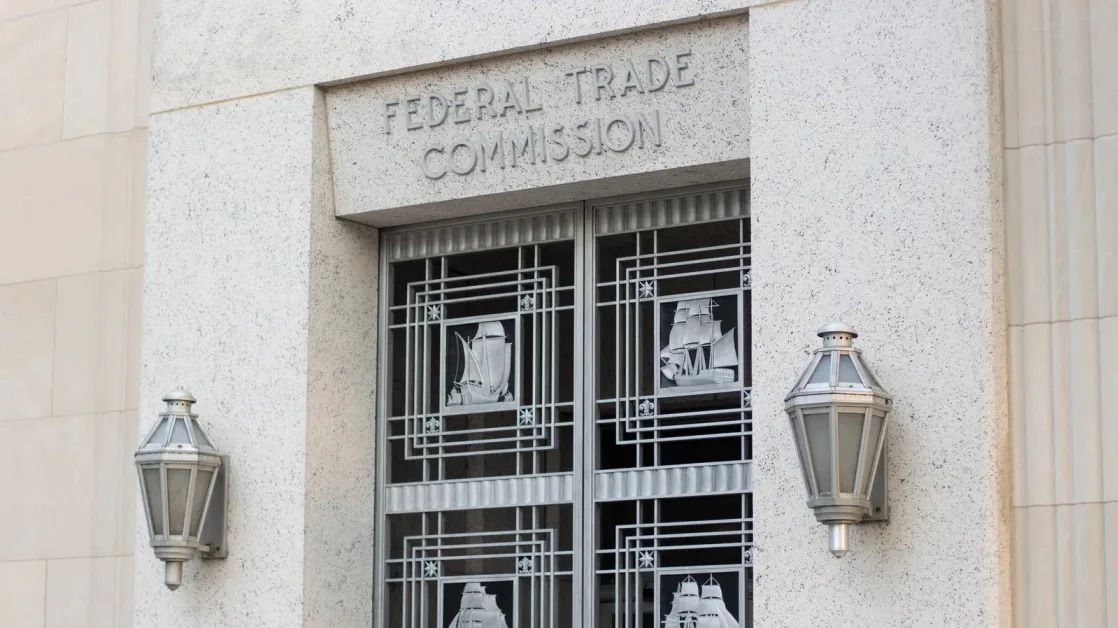Bitcoin (BTC) briefly fell below the $59,000 mark during early European trading hours on Friday. The largest cryptocurrency by market cap touched a low of $58,688, before recovering slightly to $59,450, down 0.7% over the past 24 hours, according to data from CoinGecko .
Simultaneously, Ethereum, the second-largest cryptocurrency by market capitalization, is also experiencing downward pressure, trading at $2,522, down 1.8% from the previous day.
According to data from CryptoQuant, Bitcoin’s price is “near a bottom,” with an analyst for the on-chain analytics firm noting that, “Historically, these lower Hash Price periods have coincided with Bitcoin price bottoms.”
Meanwhile, OI-weighted funding rate data from Coinglass reveals a bullish bias among traders in the derivatives market as the funding rate for Bitcoin is positive.
While the funding rate chart showed generally positive rates throughout June and July, suggesting bullish sentiment, the recent increased occurrence of negative rates in August aligned with the downward pressure on Bitcoin's price earlier in this month.
Analysts from 10x Research stated that rising gold/oil ratio often signals inflationary concerns, particularly when driven by increased gold prices—suggesting that investors turn to gold as a safe haven asset while weakening oil demand reflects slowing economic activity.
They argued that the increasing Bitcoin/Ether ratio similarly could similarly indicate parallel concerns about inflation, such as increased token issuance and unlocks, and “economic growth within the digital asset space.”
The analysts added that a few indicators suggest a bullish case for Ether, but instead, it should be considered as a short (hedge) funding against long Bitcoin positions.
“Without a meaningful increase in revenues, funding rates are likely to remain low , leaving little incentive to buy Ether,” reiterating their “still unwavering 100% conviction that the ETH/BTC ratio will continue to decline.”





